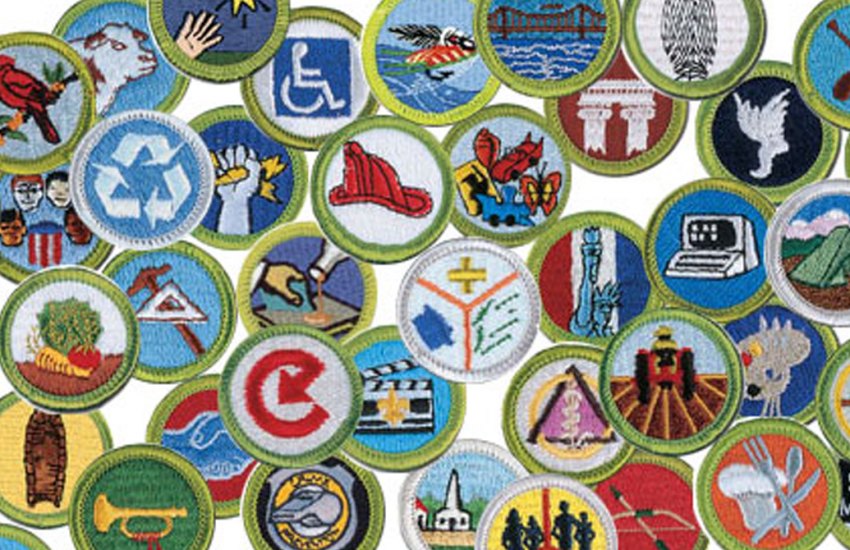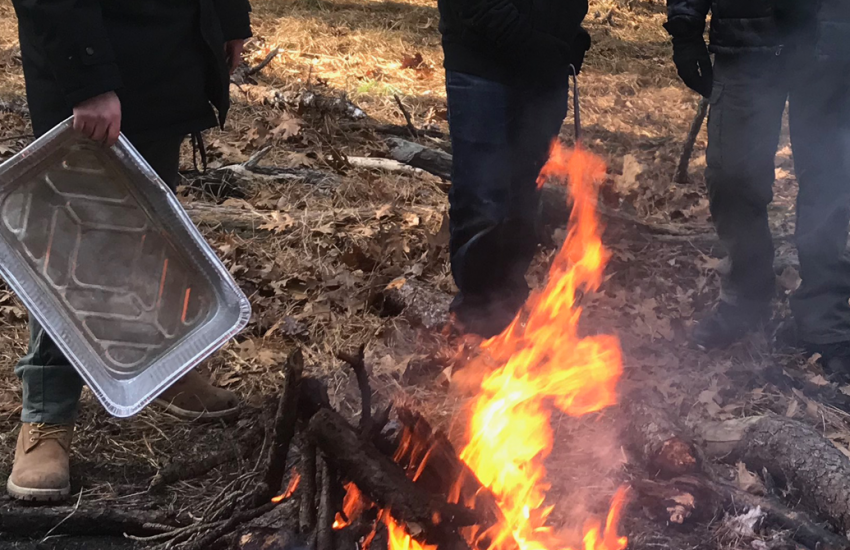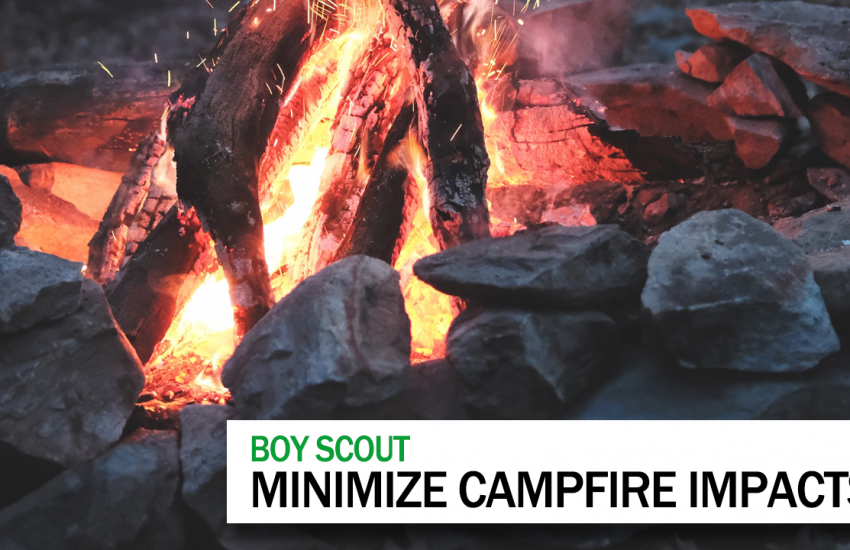How the advancement process works and what to expect in the Boy Scout program.
Show Notes:
- Advancement and Awards from Scouting.org.
Transcript:
Similar to the scout uniform, advancement is one of the methods of scouting. In both the boy scout and cub scouting program, advancement is a way to track progress of the milestones in the program.
Advancement however is not a requirement to be part of the program. Sure, to get the most out of the program, a scout should participate in the advancement aspect of the program, but nowhere in the rules does it say that a scout must advance.
National would like to see all boys advance. In fact, National has a guide that targets first class rank within a year. This is not without its merits, as their data shows that scouts that obtain first class are more likely to continue with the program than those that do not rank up.
At a unit level, you want to see boys advance. In fact if a boy participates within a well-run program, advancement is natural extension of simply participating.
This all starts when you do your yearly planning, where each month focuses on a different aspect of the program. It continues through the weekly meetings as boys run the program, and as the troop participates in hikes, events and camping trips, those requirements through first class are generally satisfied.
That being said, I’ve has scouts that had a head of steam to get to Eagle, and scouts that are perfectly happy participating in the program as second class scouts for their entire time with the troop. Both are fine, as long as boys get something out of the program.
Advancement itself has a few mechanical parts.
The requirements for each rank are listed in the scout book. As the scout completes a requirement these requirements are signed and dated in the book. Once a requirement is signed off, it is done, regardless of how a scoutmaster, assistant, parent or CO may disagree. That’s the rules.
You can however put parameters around this. In out troop, very little is signed off by adults leaders. Unless a leader is doing a group exercise, or is a technical requirement like a swim test we generally defer to the boys to sign off.
Now, not any boy. In our troop we have a 2-rank rule. You cannot sign off on items unless you are 2-ranks or higher. This keeps Johnny tenderfoot from signing off on all his peers without a full understanding (hopefully) of the requirement.
It also sets up an expectation of maturity and provides a privilege of rank.
Most rank requirements can be worked on at the same time. The exceptions are items like time at a certain rank, service hours for rank, and positions of responsibility. This prevents a scout from doing a marathon of service hours as a tenderfoot and then never doing them again.
Once all items are signed off on the scout participates in a scoutmaster conference. One note on Scoutmaster conferences is that there can be more than one while at any rank, and it doesn’t need to be the last item signed off on for rank, but it traditionally is.
For more on scoutmaster conferences, check out our previous video, video number 52.
Once a scout has completed the requirements they participate in a Board of Review for rank, but this is next week’s video, where we discuss the board of review process.
Take what you like and leave the rest, and as we say in Woodbadge, feedback is a gift, leave yours below in the comments, with the hope we can all learn together.
I’m Scoutmaster Dave, and this was the advancement process.




